When I first started knitting, I spent a lot of time puzzled by the somewhat archaic instructions used in many knitting patterns. I was mostly self-taught, so there was a lot of Googling involved. One that really threw me for a loop: increase evenly.
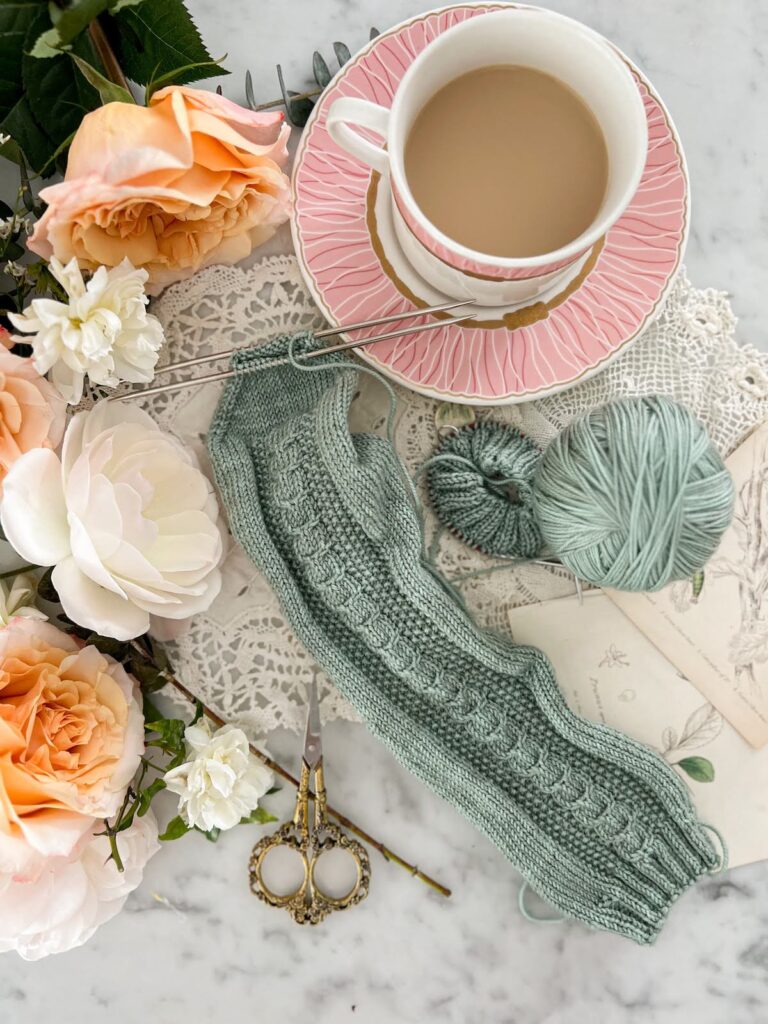
15 years later now and speaking as a designer, I really dislike “increase evenly” as an instruction in a knitting pattern. I think most of the time, it does the knitter a disservice and is often a lazy shortcut for the designer. You won’t see me using it, and here’s why.
But first, let’s talk about what exactly “increase evenly” means.
What does “increase evenly” mean in a knitting pattern?
I’m sure there are still a lot of knitters out there working from these older patterns or finding newer patterns that still use this instruction, so let’s break it down. Clarity is important.
When you see an instruction to increase evenly, you are most likely going to see it in a sweater or a shawl. It is an instruction meant to explain to knitters that they are going to be adding increases, or additional stitches, at even intervals across their work.
Here’s a more specific example. When you see an instruction to “increase evenly by 10 stitches,” what you don’t want to do is increase by one stitch every 10 stitches. That instruction is actually telling you to add 10 stitches in the coming row evenly dispersed across the total number of stitches in that row.
For example, if you have 140 stitches in that row or round, you are going to add a new stitch after every 14 stitches. if you have 180 stitches, you will add a new stitch after every 18 stitches.
Okay. Now that we’ve got that sorted out, let’s talk about why pattern designers use it and why I think it is generally not a best practice going forward.
Why pattern writers use “increase evenly” as an instruction
Pattern writers use this instruction for a few reasons. Let’s explore each of them, from reasonable to not-so-great.
Reason #1: It saves space
First, “increase evenly” is a major space saver. Instead of having to write out the instructions for every size, they just say “increase evenly by 10 stitches,” and that one instruction will suffice for all of the sizes.
This is particularly helpful when you are writing for print publications where space is at a premium. That’s why you’ll see this instruction more often in older patterns, which were printed in tiny booklets, or in magazines where patterns still only have a limited amount of space to fill.
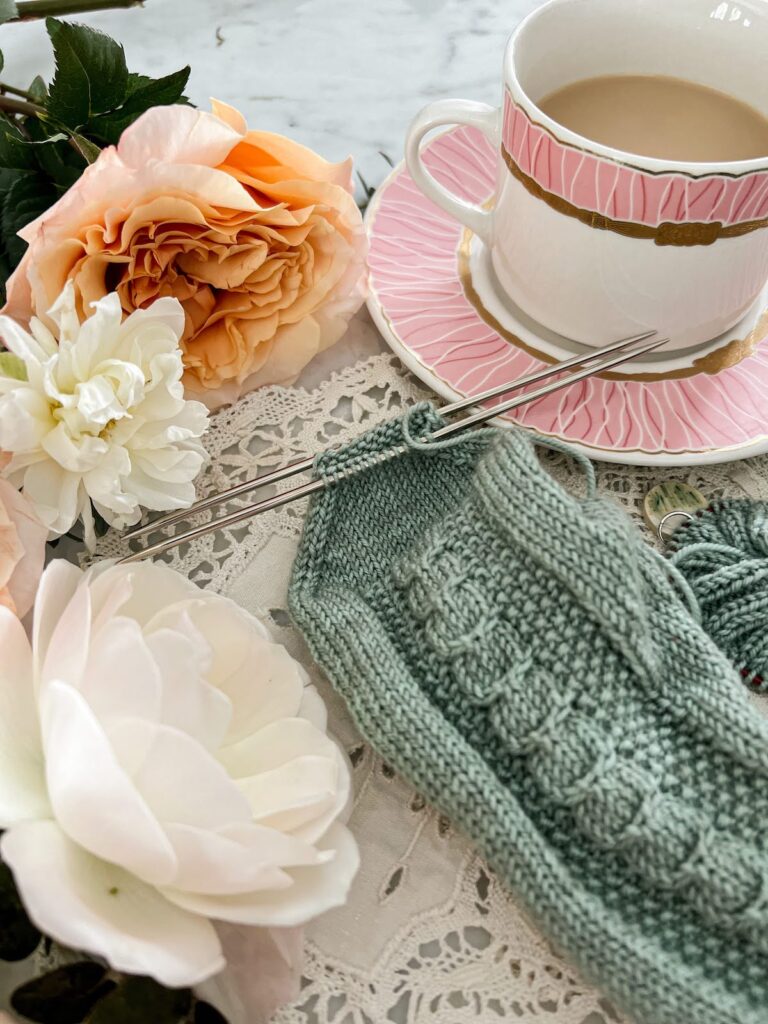
Reason #2: It’s simpler than other ways of writing out the instruction
Sometimes, it’s also the simplest way to convey a complex instruction. There are times, especially in garment design, where each size is going to have its own different set of instructions. When you’re working with nine sizes or more, “increase evenly” might be the simplest way to convey those instructions.
As designers, we’re always trying to strike the right balance for clarity. Too brief, and a pattern doesn’t make sense–but sometimes, too many instructions also lead to a pattern that doesn’t make sense.
Reason #3: It saves time and energy
Using “increase evenly” is also a time-saving measure for the designer, which is in turn a cost saving measure. For designers, time is money.
And listen, I get it. I’ve been designing for five years now. The work can be tedious sometimes, and the pay is very low. I’m generally in favor of saving costs wherever possible.
I’m not in favor of saving costs when it comes at the expense of the knitter’s experience.
Reason #4: It’s a shortcut for designers who don’t want to do the work
And finally, some designers use “increase evenly” because they’re cutting corners. This is a way for the designer to push the work of calculating stitch intervals onto the individual knitters working up the pattern.
And, well, you can probably guess what I think about that.
Why I don’t like “increase evenly” as a knitting instruction and don’t use it
That’s the biggest reason I don’t like this instruction. Now, I don’t think it’s a designer’s job to make sure every possible question or point of confusion is addressed in a pattern. Designers can’t anticipate every need of every knitter. What we can do is put the basic building blocks in place.
And this instruction doesn’t do that. Instead, this instruction waves a hand at the knitter and says, essentially, “you figure it out.” If a knitter is paying for my pattern, I shouldn’t be pushing that work onto them. That’s my work as a designer.
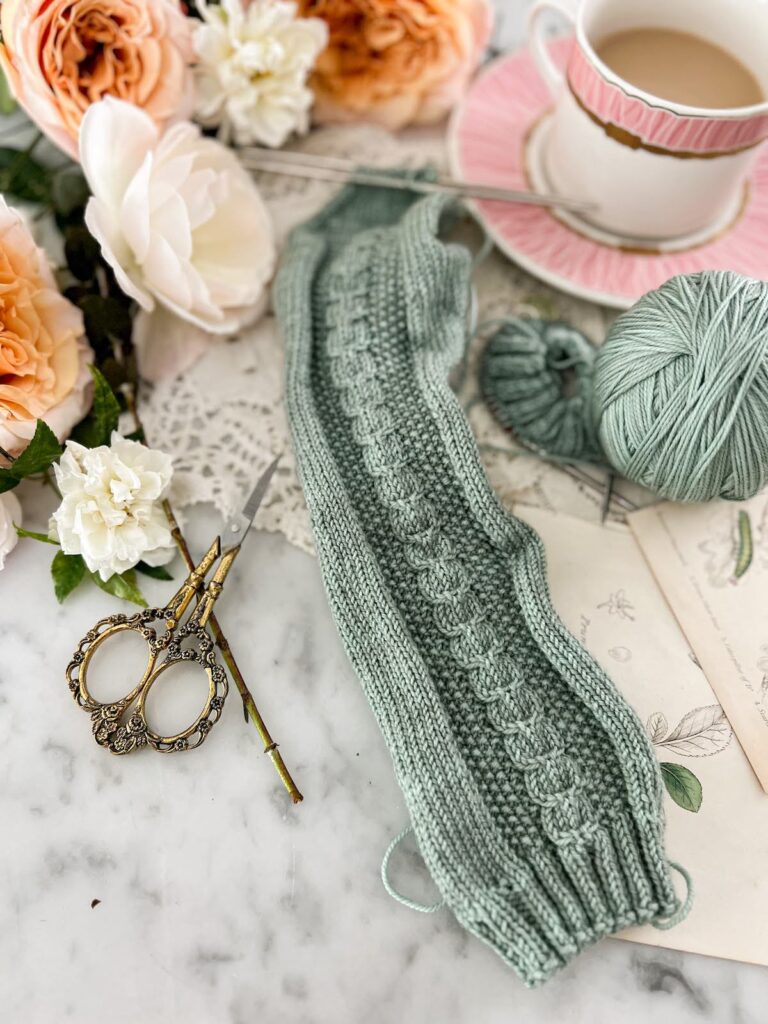
This is especially the case where the numbers on some of the sizes of a knitted item don’t divide evenly. For example, what should a knitter do if their size has 183 stitches and the instruction says to increase evenly by 10 stitches? Where do they fudge it? Should they cluster increases closer together in the middle or at the edges?
It’s also not great for some neurodiverse knitters. Some knitters with executive function challenges can get so stymied by an instruction like this that they just put down the project and don’t come back to it. I’ve seen it happen.
I also think this instruction is flawed because it is unclear. This blog post is a great example. I had to clarify what this instruction means, because it is so common for people to misunderstand and work it the other way. That’s a reasonable misunderstanding! Where a knitting instruction can be misunderstood easily and reasonably interpreted in two ways, we need to find a different way to write it.
What I prefer instead of “increase evenly” as a knitting instruction
So what do I think is the best practice? Be explicit. If a knitter working size 6 of a garment needs to increase by one stitch every 10 stitches, say that. If a knitter working size 7 needs to increase by one stitch every 12 stitches, say that.
There are ways to get creative about pattern writing if you feel like it’s getting too jumbled. For more on that, see some of the excellent work by Woolly Wormhead. I’ve written about how much I like Woolly’s creative pattern writing on the blog before.
And in the meantime, if you see this instruction, it’s gonna be okay. Take a deep breath, grab a pencil and calculator, and do a quick bit of math. There are even sites that will do the math for you. You can do this.
Let’s stay connected!
Join my newsletter for 30% off all new releases, regular updates with helpful tips and tricks, first crack at registration for upcoming workshops, exclusive discounts, and more.
Join the A Bee In The Bonnet Facebook Group to participate in knitalongs and other fun community events
Come hang out with me on the A Bee In The Bonnet TikTok
Follow along on the A Bee In The Bonnet Instagram
Get inspired via the A Bee In The Bonnet Pinterest

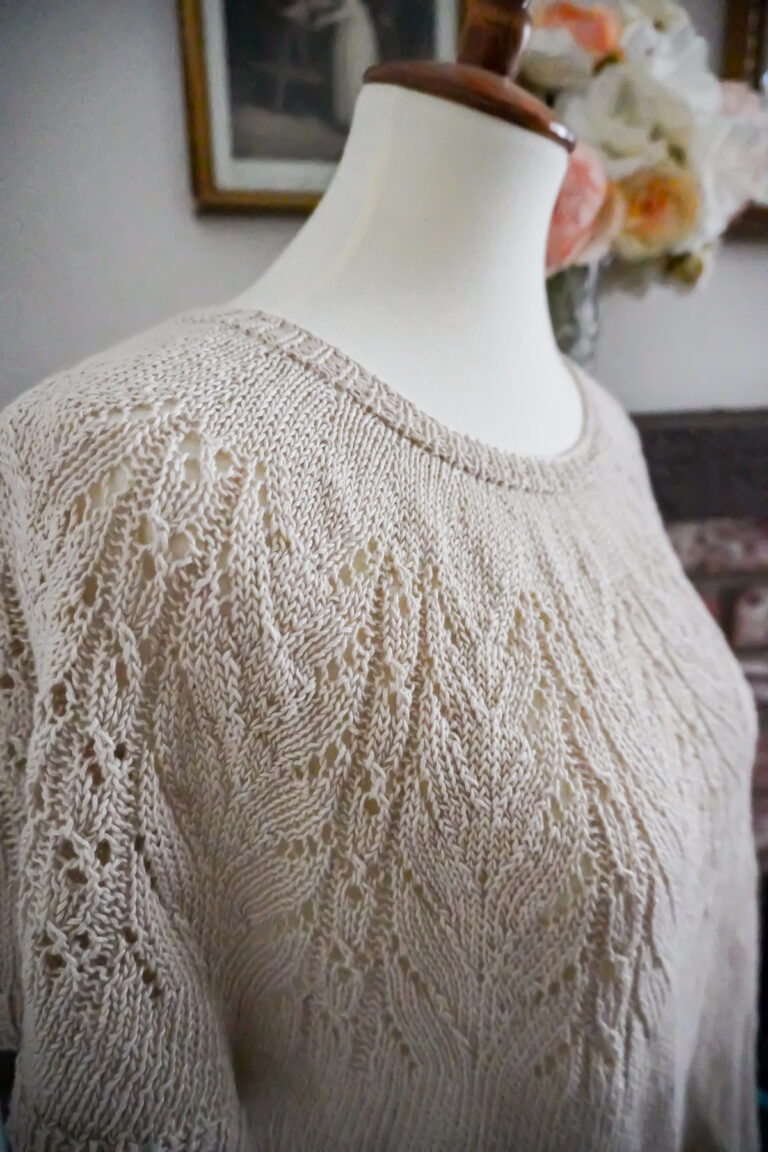
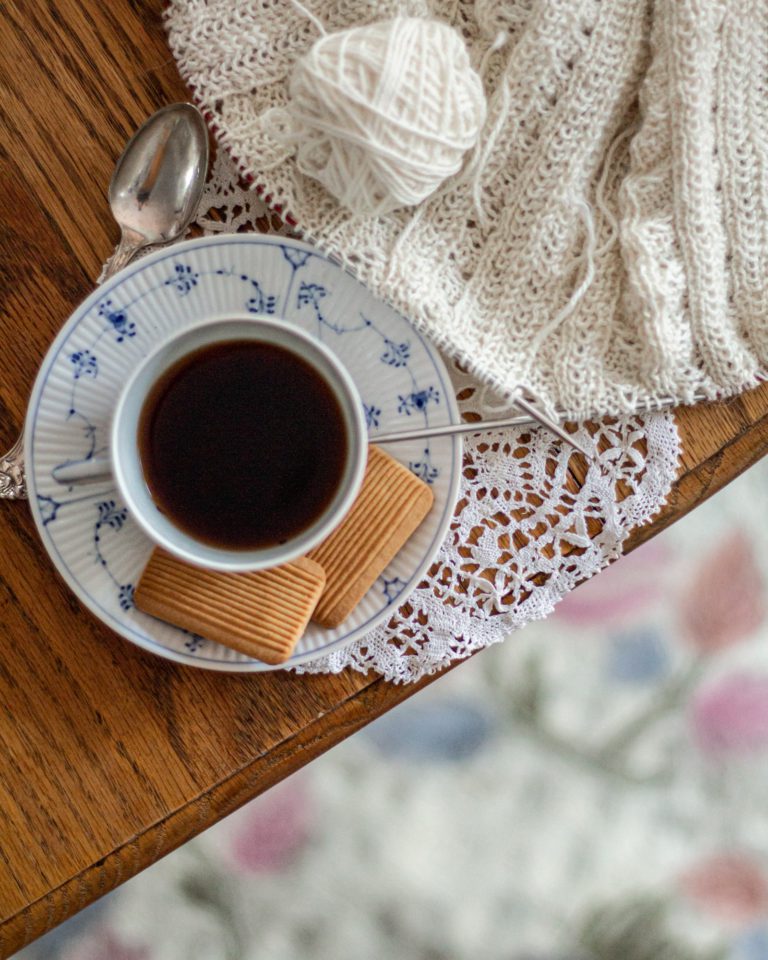
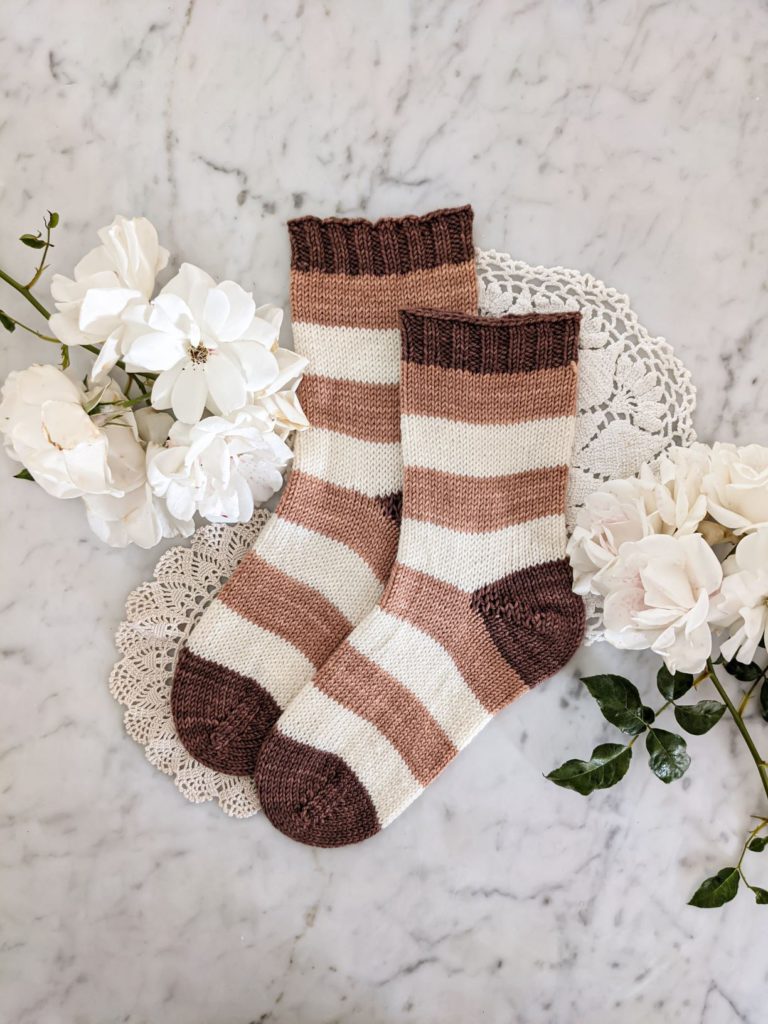
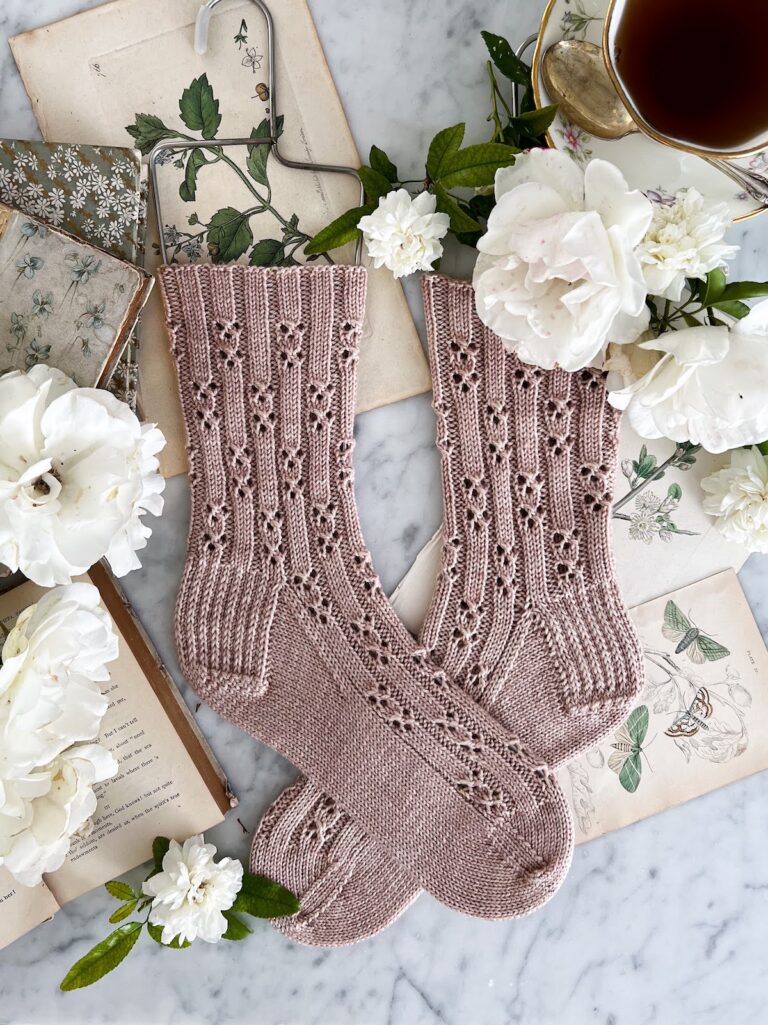
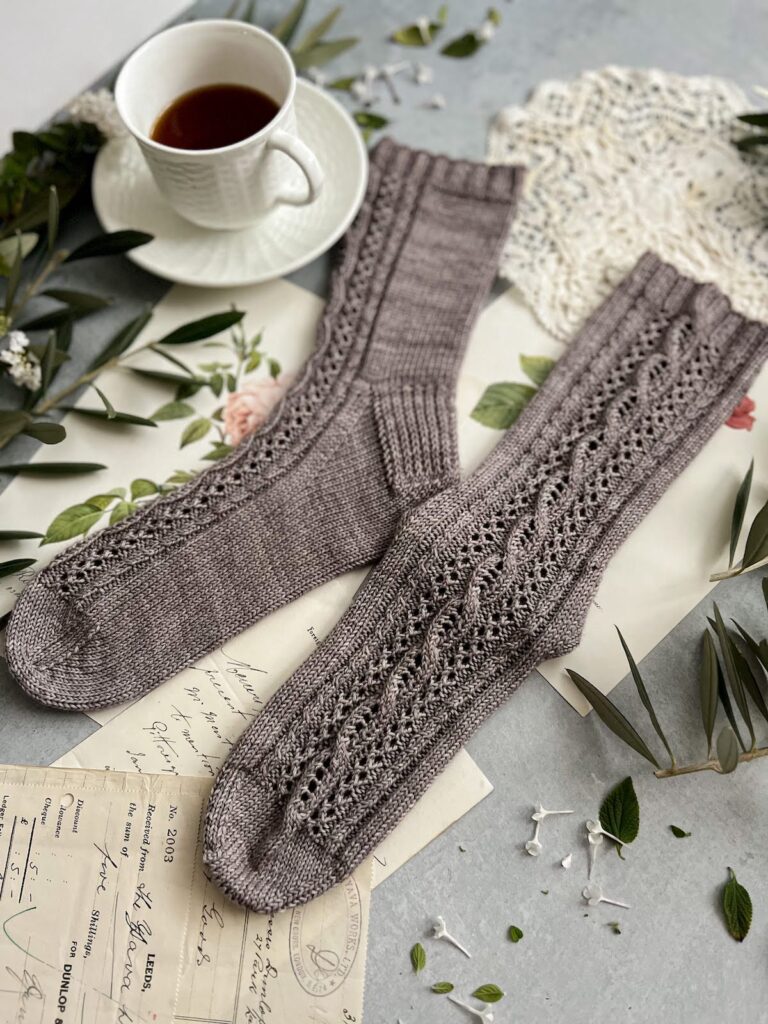
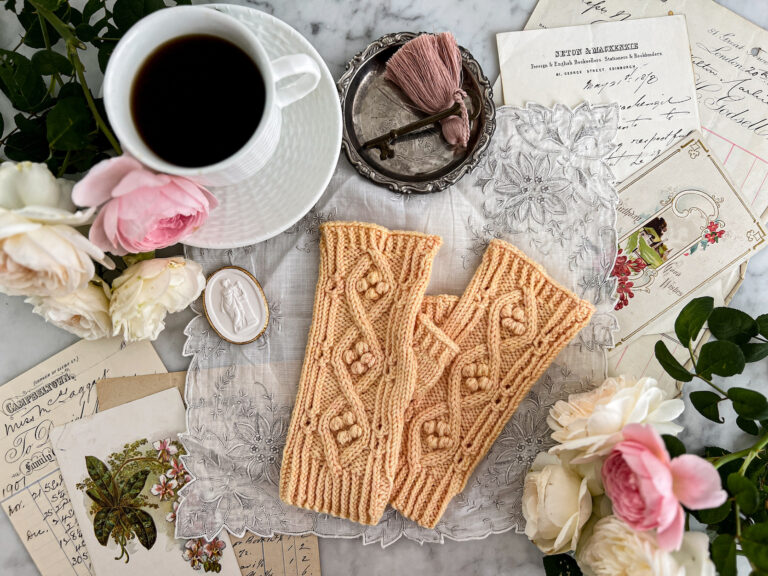
Thank you for this. I hate it when a pattern says increase evenly, it seems to take me longer to work it out then actually doing the project😉
I think a lot of knitters have had this same issue! You’re definitely not alone.
I’m looking for a video tutorial I think you might have posted about connecting in the round. Three different methods. I was specifically looking for one where you add an extra stitch and then when you come around, knit two together. Sounds simple but I can’t get mine to look as good as the video. Was that perhaps you and I just can’t find it. Thanks so much
Liz
Ah, that one’s not me, but I’ll make a note to self about doing a blog post on that topic! It’s one that stymied me as a newer knitter.
Great blog information especially for beginners. Wish I had that information 20 years ago, lol. You still find patterns that say “increase/decrease evenly”. I knit a lot of top down sweaters and find these instructions on sleeves. Knitting calculators to the rescue. Thank you so much for all the helpful information. Absolutely love all your patterns and your beautiful pattern layouts.
Thanks for the kind note! I’m so glad you enjoy my patterns. I’ve definitely come across a few patterns that still use that instruction, and while occasionally I can see where it’s the best option, I generally think there are better ways to convey the same information in a more user-friendly way.
I love your article. Even though I love the math, I do wish designers would just spell it out. What is the name of the sock pattern in your beautiful picture? You have the best photography.
Thanks, Judy! Those socks aren’t published yet, but I’m thinking about releasing a pattern for them this summer. Originally they were a just-for-fun knit. I love a good matched set, though, and these go perfectly with the Madeleine Mitts and Madeleine Hat.